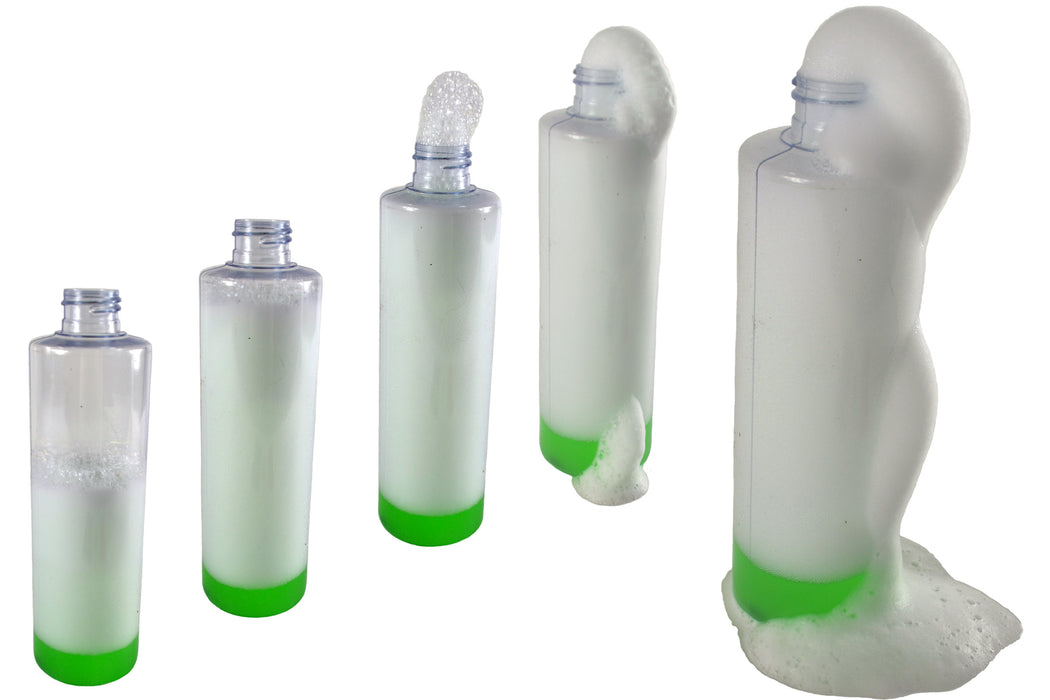US Customer Support
US-based Customer Support
Free US Shipping on Orders Over $100


The Elephant Toothpaste experiment is a fantastic way to bring the excitement of a chemistry lab into your home or classroom. It's simple, requires easily accessible materials, and showcases a spectacular chemical reaction. Here's a step-by-step guide:
Materials Needed:
Materials Needed:
Watch the Reaction: Step back and observe the vigorous foam production. While less intense than with concentrated hydrogen peroxide, this reaction still produces a significant amount of foam.
Note: This version with potassium iodide, even when using 3% or 6% hydrogen peroxide, should be handled with care and ideally conducted by individuals familiar with basic chemical safety protocols.
If you want all of your ingredients all in one experiment kit for kids, we have two Elephant Toothpaste Kits

Q: How Safe is Elephant Toothpaste Experiment?
A: This experiment is quite safe, especially when using 3% hydrogen peroxide. However, it's important to supervise young children and ensure they don't ingest any ingredients or touch their eyes during the experiment.
Q: Why Did My Elephant Toothpaste Not Work?
A: If your experiment didn't work as expected, consider these factors:
Q: Can I Use 3% Hydrogen Peroxide to Make Elephant Toothpaste?
A: Absolutely! 3% hydrogen peroxide is ideal for this experiment, especially for a kid-friendly version. It's safe and still produces a dramatic reaction.
Q: How Do I Make Elephant Toothpaste Kid-Friendly?
A: Using 3% hydrogen peroxide, as mentioned, is a great start. Also, make the experiment more engaging with colorful food coloring and let the kids help in the safe steps, like adding soap or colors.
Q: Can I Touch Elephant Toothpaste?
A: While the foam itself is safe to touch, it's best to wait until the reaction has completely finished and cooled down. The reaction is exothermic, meaning it releases heat, so caution is advised.
The Elephant Toothpaste experiment is not only a crowd-pleaser but also an excellent educational tool. It demonstrates chemical reactions, the importance of safety in science, and encourages curiosity and hands-on learning. With the right approach, it can be a safe and exciting activity for kids both at home and in the classroom.